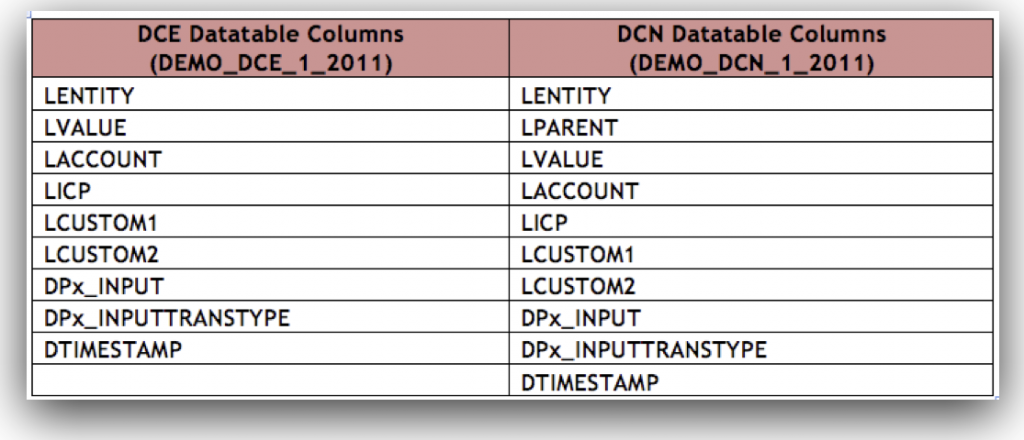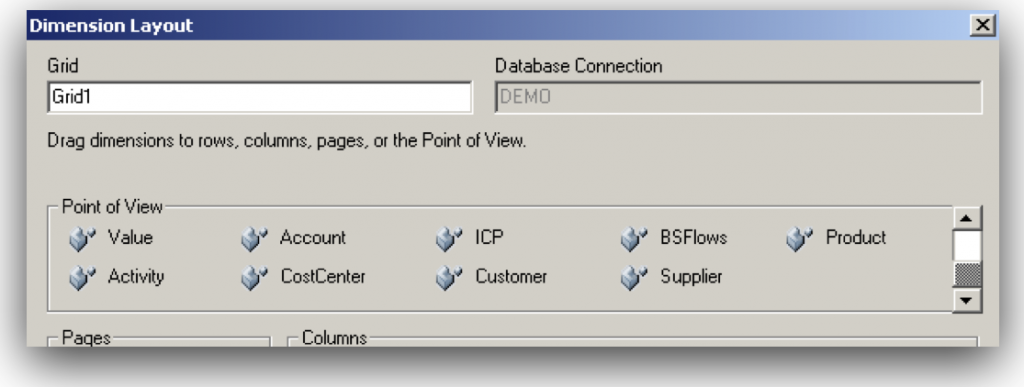HFM 11.1.2.2 – New Features: Part - 2
Configurable Dimensionality:
‘Configurable dimensionality’ is the significant update to this version. We can probably say that this is the long awaited and biggest change that developers made to HFM.
So what is ‘Configurable dimensions’ is all about? There had always been a need for HFM customers to go beyond the four Custom dimensions, which are provided by default for their business needs. For e.g. they worked by stuffing two different details like Balance Sheet movements and Products details into a single Custom dimension. This was being addressed by Oracle in this release. Now, the users can have as many custom dimensions as required for their implementation. Let us see how this can be done starting by creating a new classic application.
Creating application:
Desktop Client: Many existing functions are cut down in Win32 client. Now, it has only Profile Manager and Metadata manager, rest all functions are available via Web including Create Application task. Profile Manager is used to define the application profile (.per). It can be installed in any machine since it can only be used in offline mode and has no dependency on HFM server component.
In addition to defining Year, Periods and Frequencies, we can now define the number of Custom dimensions as a part of the application profile. So basically, when you create application using this profile file, all these custom dimensions are created. The size (Small, Medium or Large) for a custom dimension must be determined depending on the number of members its hierarchy contains. Custom1&2 by default, are Large size. As shown in the screenshot, we’ve created a total of 6 Custom dimensions.
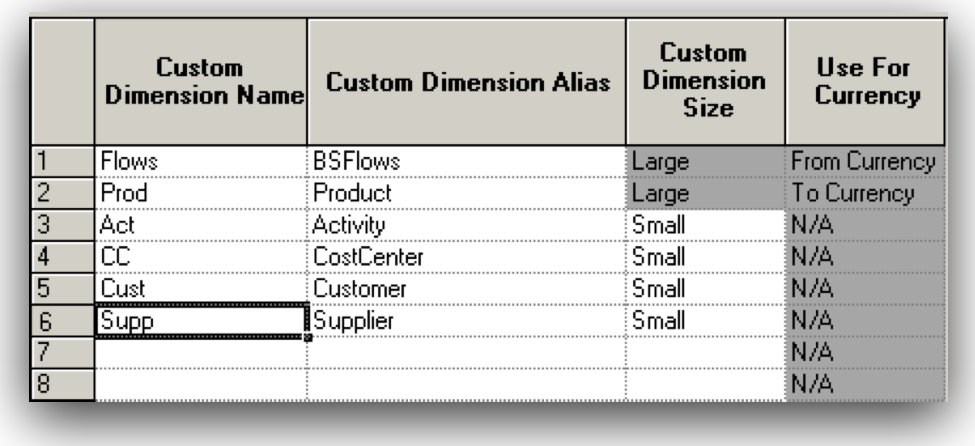
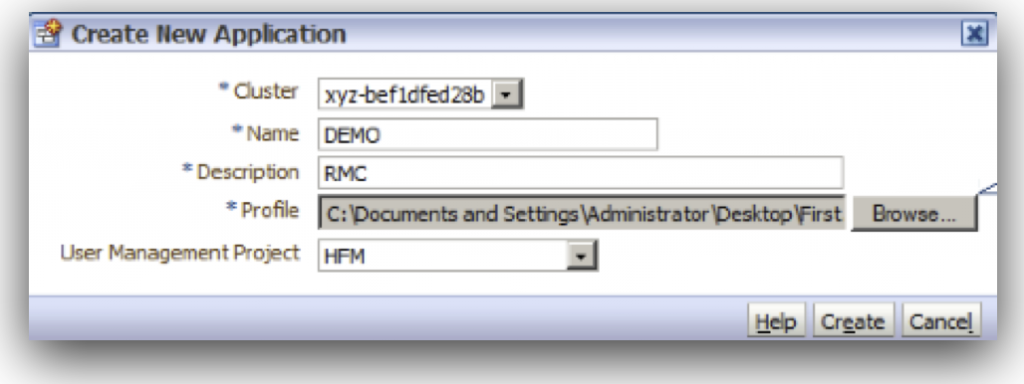
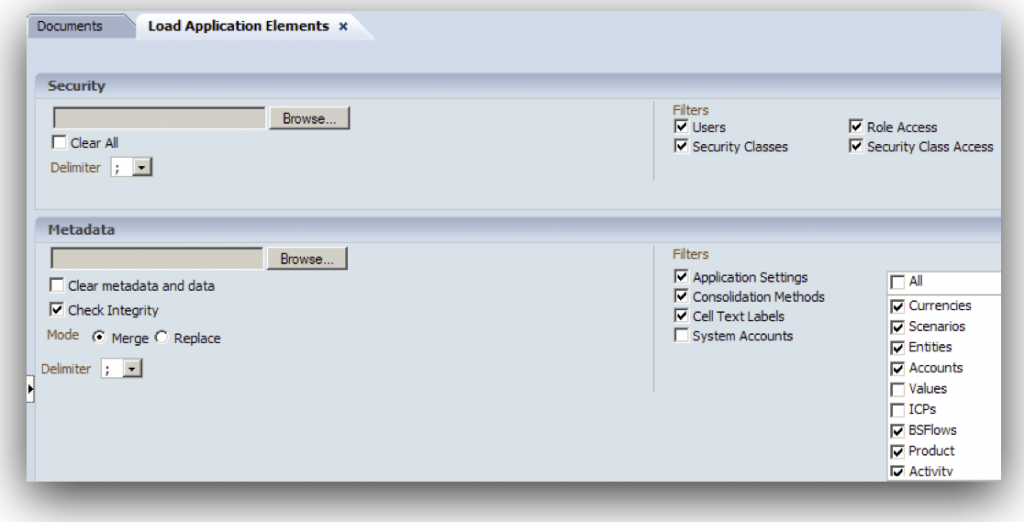
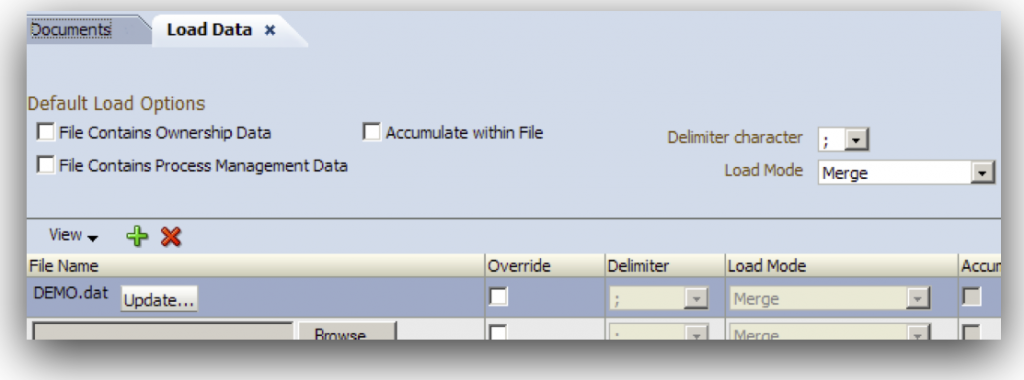

- .app
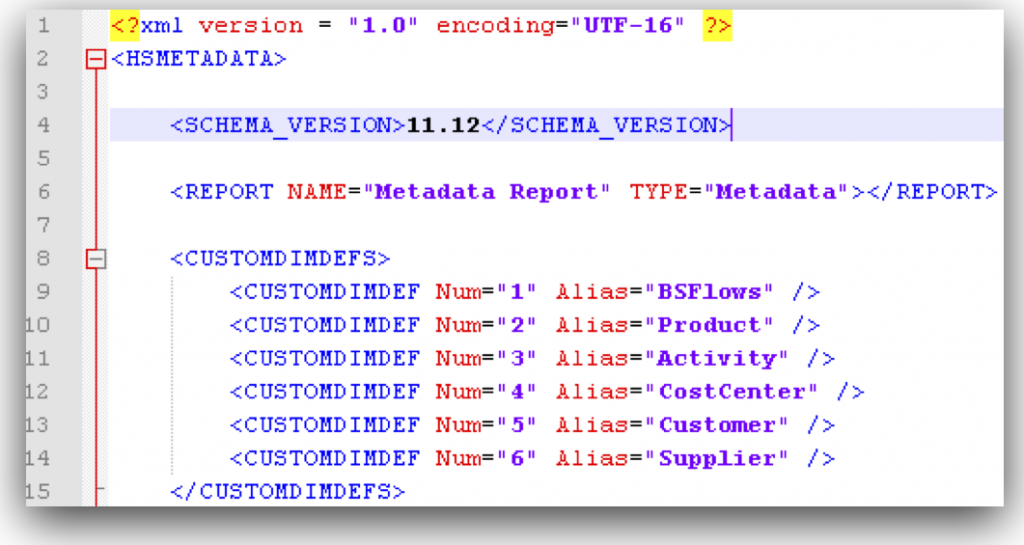
- .xml
Sub-cube Architecture:
Financial Management stores its data in database blocks called subcubes rather than in records. Subcube contains Page and Subcube dimensions. The Page dimensions are Scenario, Year, Entity, Value and the Subcube dimensions contain all the members of ICP, Account, View and Custom dimensions (in our case 6 custom dimensions). So typically, for a single Page dimension intersection, if we have 100 accounts and 10 valid members for each Custom dimension and all intersections are populated, then it would be 100000000 records.
HFM stores all this data for these dimensions in three tables:
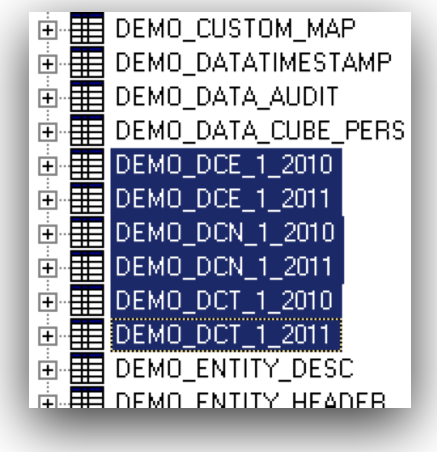

- DCE (Currency Subcube)
Stores Entity and Parent Currency values and their adjustments.
- DCN (Parent Subcube)
Stores remaining value dimension members
- DCT (Journal Transactions)
Stores Journal Transactions and when posted, they are transferred to DCE (<Entity Currency Adjs>/<Parent Currency Adjs>) or DCN ([Parent Adjs]/[Contribution Adjs])
In the below table, DPx_INPUT and DPx_INPUTTRANSTYPE are repeating fields for each period that the application contains. The columns are numbered from zero so for 12 periods, the column names will be DP0_INPUT to DP11_INPUT and DP0_INPUTTRANSTYPE to DP11_INPUTTRANSTYPE.